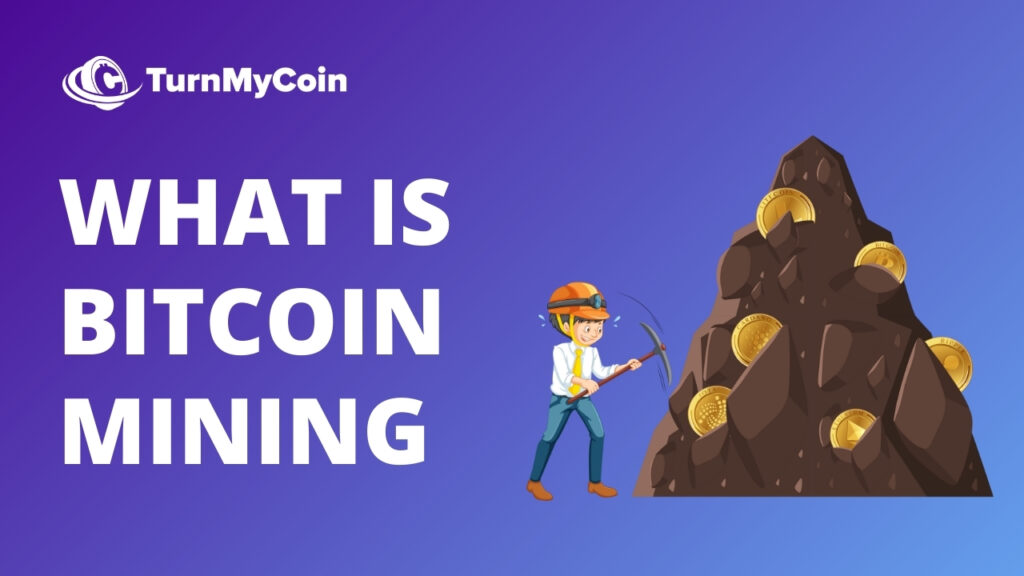Last updated on June 22nd, 2024 at 11:50 am
Introduction
Bitcoin mining, the creation of new bitcoins through solving complex math problems, verifies currency transactions. When a bitcoin is mined, the miner gets a set amount of it. Bitcoin, a popular cryptocurrency since its 2009 inception, gained fame due to price fluctuations. Rising cryptocurrency values, especially Bitcoin, piqued interest in mining. Mining, though, is intricate and costly, making it challenging for most people.
Miners earn rewards when a new transaction block is added to Bitcoin’s record. This reward, currently 3.125 BTC, reduces over time. Miners also earn from transaction fees, fluctuating based on network activity. Bitcoin halving, decreasing rewards as blocks increase, happens periodically; the next is due in 2024. When 21 million Bitcoins circulate, block rewards cease, and miners rely solely on transaction fees. This change is estimated around 2140.
Table of Contents
Understanding Blockchain And Bitcoin
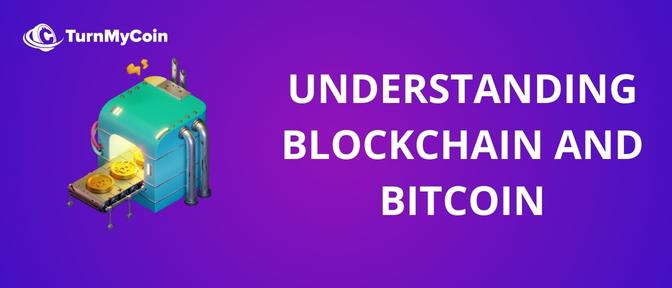
To grasp how Bitcoins are mined, first, understand blockchain and Bitcoin. Picture a blockchain as a digital ledger, recording cryptocurrency transactions. It’s a data structure sharing digital transaction records across many computers. In short, it documents data digitally. Bitcoin relies on this blockchain network. It stores and records transactions on a vast computer network. Blocks get validated and added to the blockchain. Once it’s there, changes become impossible. Bitcoin and others use the blockchain’s distributed ledger. It guarantees unchangeable records and transaction transparency. Bitcoin’s network employs SHA-256 cryptographic algorithms to convert data into unique strings.
Bitcoin operates solely on this network. Transactions get bundled into blocks, verified by miners, and permanently added to the blockchain. Once in, they can’t be changed. This system ensures transaction transparency and security. Early on, regular computers did the mining, solving complex puzzles to validate transactions. However, as Bitcoin’s popularity grew, so did the puzzles’ complexity. Specialized machines came into play, speeding up the process. Today, Bitcoin mining relies heavily on fast computers. This evolution highlights the fascinating journey of Bitcoin mining from basic computers to advanced technology.
Why Does Bitcoin Need Mining?
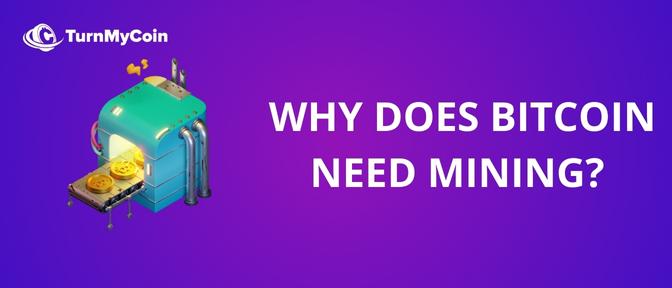
Bitcoin mining, a vital process behind the digital currency, might seem mysterious if you’re just a buyer or trader. Understanding it, though, is crucial for anyone dealing with Bitcoin. Imagine Bitcoin as a decentralized system; no single entity controls it. Instead, users maintain a shared ledger of transactions. Mining, the backbone of this process, involves reaching consensus on transaction accuracy.
Every 10 minutes, new transactions create a secure “block,” but entering it isn’t easy. Miners must solve complex puzzles, ensuring honesty and preventing fraud. This effort is rewarded; the first successful miner adds the block and receives a payout. Mining, in essence, encourages truthful actions, as the risk of losing the reward keeps miners honest and the Bitcoin system secure.
Types Of Bitcoin Mining
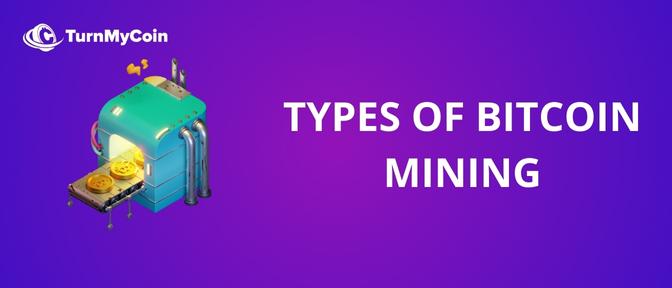
Bitcoin mining comes in various forms each with its unique power and rewards. Here, we explore the different ways to mine Bitcoin:
CPU Mining
In 2009, Bitcoin began, and people first mined it. They used central processing units (CPUs), the computer’s brain. CPUs handle input and output. Mining was simple back then. Few miners existed, and Bitcoin was young.
GPU Mining
As Bitcoin gained more acceptance and popularity, miners started competing. This led to the emergence of GPU mining. GPUs, originally used for gaming and video editing, proved more efficient for mining, offering better hash rates than CPUs. In 2010, the first GPU mining software was introduced. However, GPU mining for Bitcoin didn’t last long; it was replaced by a newer hardware called ASIC by 2015.
ASIC Mining
ASIC, short for application-specific integrated circuit, is special hardware. It’s made just for mining cryptocurrencies. This unique tech came out in 2012. It turned out to be 200 times stronger than regular GPU miners. But there’s a catch. These ASIC mining rigs cost a lot. You might need to shell out from $2,000 to $15,000. And that’s not all. The power they eat up and electricity costs can add up. Plus, network troubles make things tricky. Getting ASIC miners can be super pricey.
FPGA Mining
FPGAs, or field-programmable gate arrays, outperform GPU and ASIC miners. They’re faster and cost-effective. FPGAs provide stable hashing power and allow flexibility for different mining activities. Ideal for crypto enthusiasts on a budget.
Cloud Mining
This new way mines Bitcoins. Miners can buy cloud mining service or a contract from a specialized provider. No need for hardware setup costs. Be cautious to avoid scams.
How Does Bitcoin Mining Work?
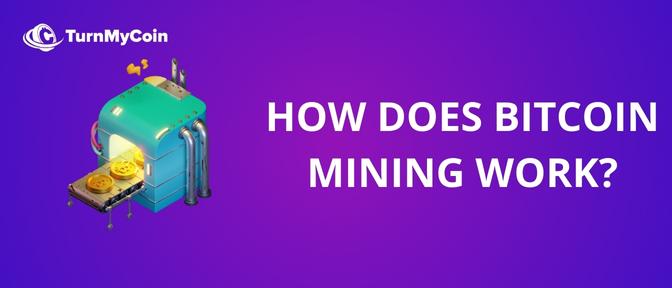
Let’s understand how bitcoin mining process and requirements for beginners.
Powerful Hardware Resources for Bitcoin Mining
To start minting Bitcoins, a miner must first set up their own powerful computer rigs and specific tools for solving complex puzzles. They need graphics processing units (GPUs), field programmable gate arrays (FPGAs), or application-specific integrated circuits (ASICs) as mining hardware. ASICs are the most advanced, creating many hashes per second, but they cost thousands of dollars.
Installing Mining Software and E-Wallets
Miners need strong hardware and certain software, like CG miner, XMR miner, multiminer. This software is free and runs on Windows and Mac. Connect it to your hardware for Bitcoin mining. You’ll also need an e-wallet for storing your Bitcoin rewards. A Bitcoin wallet is digital, helping you store, send, and get Bitcoins or other cryptocurrencies.
Mining Pool or Solo Mining
Miners choose solo or pool mining. Solo mining’s tough, so pools exist. Miners group up to tackle challenges. Each miner earns for their work. Pooled power eases mining, helps small miners earn Bitcoin. More miners mean a secure network.
Start Bitcoin Mining Process
Once you’re set up and decide whether to join a mining pool or go solo, you must tackle complex math puzzles to verify Bitcoin transactions. Let’s explore how miners solve these puzzles and check transactions.
When someone makes a Bitcoin transaction, the mining software creates a cryptographic hash for each one. It bundles these transactions together to form a block. They use SHA-256, a one-way function that turns text into a 256-bit string. This process is known as a Merkle tree. Each leaf node represents a block’s hash, while non-leaf nodes hold their child nodes’ hash.
All the blocks are linked in a “linked list,” pointing to the addresses of previous and future blocks. These blocks contain the transaction data.
Once the Merkle tree is ready, the data is organized into blocks with unique addresses using the proof-of-work (PoW) algorithm. A valid block must have PoW, ensuring they’re mined at a specific speed while maintaining integrity.
With transactions proven, the block joins the Bitcoin network, ready for mining. Miners aim to solve a hash puzzle to verify a transaction. They all compete to find a 64-digit hexadecimal number, the “specific target,” which the network sets every 2,016 blocks. The goal is to maintain a 10-minute average block mining time.
Bitcoin mining difficulty measures how hard it is to find a hash below the target. The hash rate defines how quickly a miner’s computer can make guesses.
Miners focus on a string of numbers added to the previous block’s hash. If this new hash is less than or equal to the target, it’s accepted. Other miners and Bitcoin security nodes check the block. If it’s correct, it joins the official Bitcoin blockchain.
Risk and taxes on bitcoin mining
Bitcoin’s price has wildly fluctuated since its 2009 debut. Just in November 2021, it swung from under $20,000 to nearly $69,000. This unpredictability poses challenges for miners, uncertain if rewards will outweigh steep mining costs. Few governments fully endorse cryptocurrencies like Bitcoin; many view them skeptically due to their lack of government oversight. There’s a constant fear of governments banning Bitcoin mining, akin to China’s 2021 decision, citing financial risks and speculative trading.
Taxes deeply impact Bitcoin miners. Businesses can deduct mining expenses for tax purposes, considering mined bitcoins as revenue. However, hobbyist miners can’t usually deduct costs. Mined bitcoins count as income, taxed at ordinary rates based on their fair market value upon receipt. Additionally, selling bitcoins for a profit qualifies as a taxable capital gain, akin to traditional assets.
Is Bitcoin mining open to everyone, and how do electricity expenses factor in?
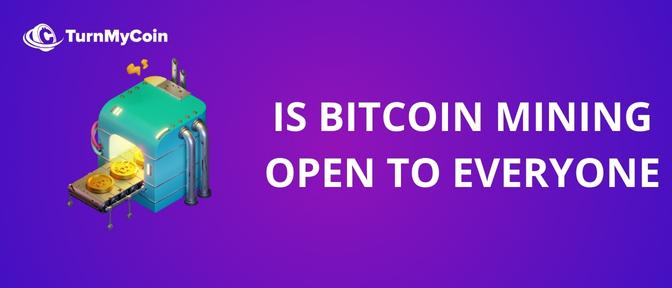
Mining Bitcoin might not be profitable unless you have cheap electricity. Your costs could outweigh your rewards. Consider this example for an everyday household in the U.S. Before you begin, research ASICs, machines for mining Bitcoin. They differ in cost, efficiency, and performance. For instance, the AntMiner S9 costs between $600 and $700. NiceHash, a mining platform, estimates it can make about $26 of Bitcoin per month, while operating it at home costs about $161 in electricity. This means you’d lose money even before considering hardware costs.
Yet, don’t lose hope. If electricity prices drop or Bitcoin’s value rises, things can change. Some see these monthly losses as a long-term investment, betting on Bitcoin’s future growth. Anyone can mine Bitcoin, but without ASICs, your chances of winning are low. Back when Bitcoin started, personal computers sufficed. But now, it’s an industry worth billions, with warehouses full of ASICs leading the way.
Mining pools are a way for small miners to compete. They combine computing power and share rewards, minus a fee. Still, without an ASIC, your earnings won’t be much. In this mining world, it’s a battle between those with many ASICs and those with few. Personal computers just can’t keep up anymore. Nevertheless, contributing your computer’s power can help the Bitcoin network become stronger. The Bitcoin foundation offers free software to do so.
Conclusion
Mining Bitcoin may not yield profits without inexpensive electricity. Costs might exceed rewards, especially for ordinary U.S. households. First, explore ASICs, specialized Bitcoin mining machines varying in price, efficiency, and performance. Consider the AntMiner S9, priced at $600 to $700. Operating it at home costs about $161 in electricity monthly. Despite estimates suggesting you could earn $26 in Bitcoin using platforms like NiceHash, expenses outstrip gains. However, don’t despair; changes may occur if electricity prices drop or Bitcoin’s value rises.
Some view losses as long-term investments, relying on Bitcoin’s future growth. While anyone can mine, ASICs significantly enhance your chances. Initially, personal computers sufficed, but today, ASIC-filled warehouses dominate this billion-dollar industry. Mining pools offer small miners competitive opportunities by combining computing power and sharing rewards, albeit with a fee. Still, without ASICs, earnings remain limited. Although personal computers struggle to keep pace, contributing your computer’s power strengthens the Bitcoin network, facilitated by free software from the Bitcoin foundation.
